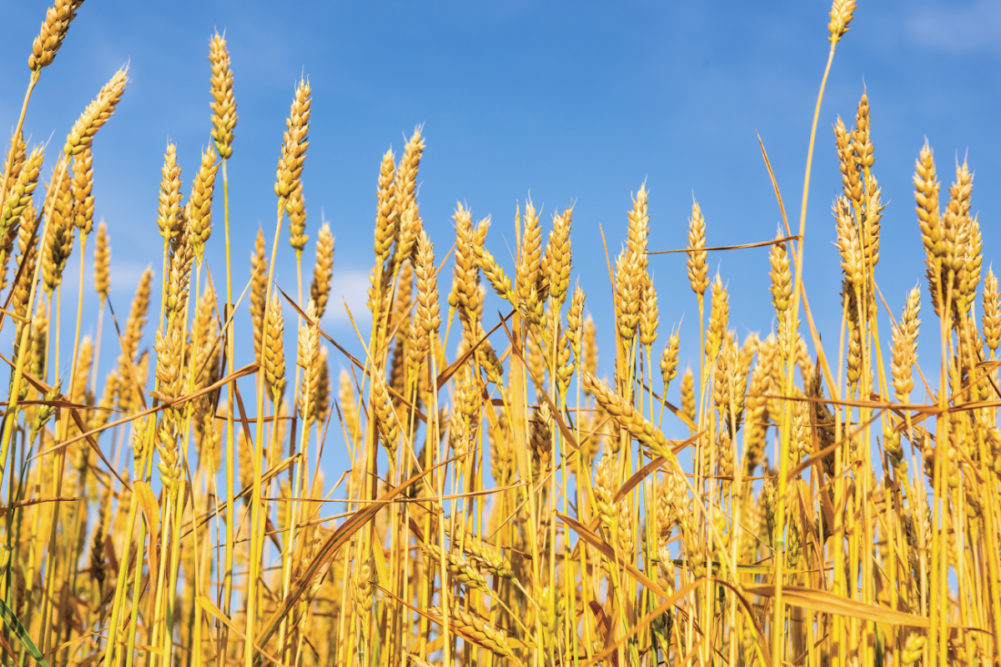RIYADH, SAUDI ARABIA — Saudi Arabia’s grain sector is seeing shifts in commodity production due to profitability and the transfer of the barley imports and distribution back to the private sector, according to a Global Agricultural Information Network (GAIN) report from the US Department of Agriculture (USDA).
Saudi Arabia’s wheat production in the 2021-22 marketing year slipped to 400,000 tonnes as many farmers switched to a more profitable commodity, alfalfa. The USDA expects Saudi Arabia’s wheat consumption in the 2021-22 marketing year to remain at 3.5 million tonnes due to fewer tourists because of the COVID-19 pandemic.
The Saudi Grains Organization (SAGO) is the exclusive importer of subsidized food grade wheat in Saudi Arabia and it mainly imports hard wheat. In the first nine months of the 2021-22 marketing year SAGO has issued four international wheat tenders to import 2.3 million tonnes of wheat by the end of March 2021, a 15% dip compared to same period a year ago.
In an effort to conserve water, Saudi Arabia only produces barley for human consumption, which the USDA anticipates will be about 10,000 tonnes in the 2021-2022 marketing year. Since the country’s barley crop is 100% irrigated the government stopped feed barley production.
In November 2020, Saudi Arabia announced it will transfer the barley imports and distribution business back to the private sector. To implement this change SAGO is expected to exit the barley business before the end of the 2021-22 marketing year. SAGO has issued 11 imports and distribution licenses to local barley traders, two already have begun barley imports, the USDA said. Saudi Arabia’s barley imports in the 2021-22 marketing year are projected to reach six million tonnes.
Corn production in the country has remained relatively flat as Saudi corn growers do not receive government support. Saudi Arabia’s corn production in the 2021-22 marketing year is forecast to be 15,000 tonnes. The government discourages the production of water-intensive crops such as feed corn. The country’s corn imports primarily are used for animal feed. According to the USDA 2019-20 marketing year corn imports hit a record high as some feed millers gained prior knowledge to the governments plan to end import subsidies on feed corn. They reportedly increase imports for the first three months of the marketing year. Importers also purchased more corn in early 2020 over fears of trade shutdowns due to COVID-19.
The USDA anticipates corn imports in the 2021-22 marketing year to be 4.2 million tonnes due to an increase in feed demand. Meanwhile, corn imports in the 2020-21 marketing year are forecast to be 3.8 million tonnes a 16% decrease compared to the 2019-20 marketing year.






